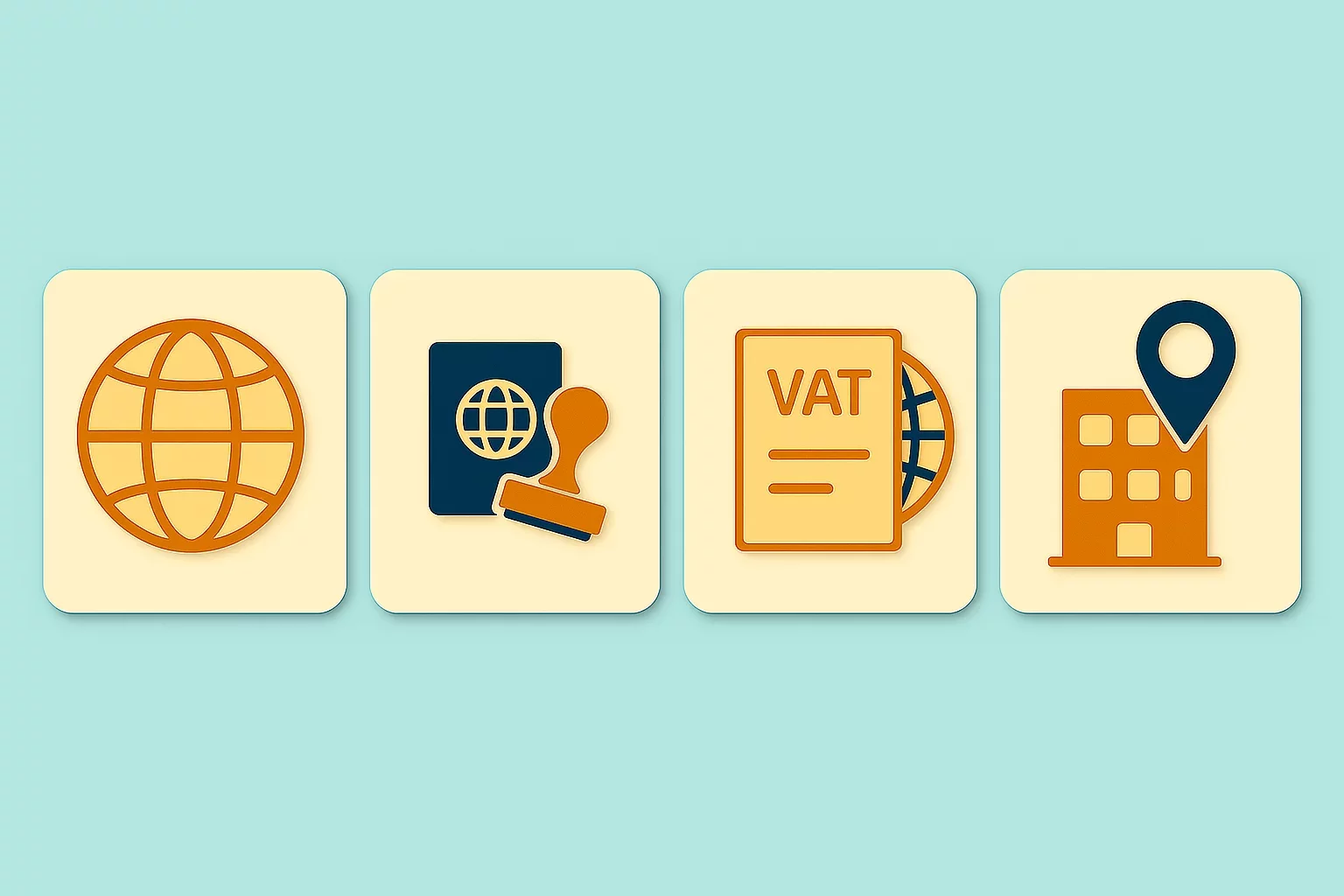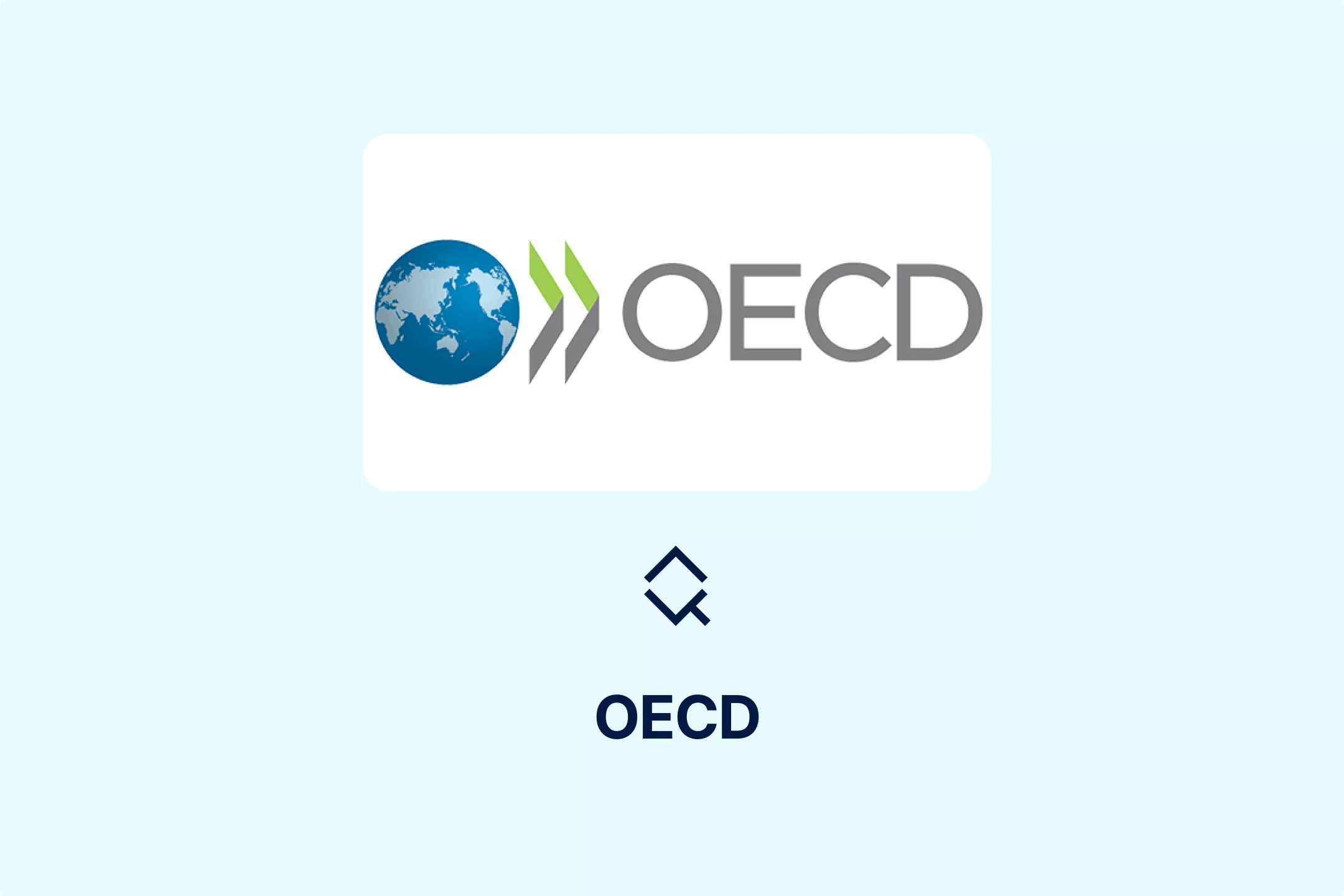Key Factors to Consider When Outsourcing Indirect Tax Compliance in the Digital Economy
🎧 Prefer to Listen?
Get the audio version of this article and stay informed without reading - perfect for multitasking or learning on the go.
Reaching and maintaining indirect tax compliance has become increasingly complex for businesses operating in multiple markets or jurisdictions. The expansion of global e-commerce, cross-border supply of digital services, and rapidly changing VAT/GST framework push taxable persons to seek external expertise to remain compliant.
As indirect tax rules and regulations become more fragmented and technology-driven, outsourcing is becoming a strategic move for companies to manage compliance more efficiently. However, this strategy does not come without certain risks.
Defining Indirect Tax Compliance
From a more formal point of view, indirect tax compliance refers to implementing processes and meeting requirements related to consumption taxes, such as VAT, GST, or sales and use tax, across jurisdictions. However, the list of taxes that fall under the scope of indirect taxes does not end there. It also may include customs, excise, tariffs, and other similar local taxes.
In simpler terms, digital and global businesses must follow the tax rules set by governments worldwide and ensure compliance with registration, collection and remittance, reporting, and record-keeping requirements.
Indirect tax compliance is no longer a matter of periodic reporting. Governments are adopting more advanced audit and data controlling and exchanging mechanisms, moving toward near real-time access to transaction data. Therefore, the compliance not only involves fulfilling basic filing obligations but also requires ongoing alignment with each country's digitalized tax system.
Failure to meet registration or other requirements, such as data accuracy, submission format, or reporting frequency, may lead to tax audits and, ultimately, penalties.
Risk Areas When Outsourcing Compliance
Although outsourcing can contribute to efficiency and reduce administrative burdens, it also brings new risks for taxable persons, which they must proactively address and manage. One of the first noticeable and significant risks is losing control and visibility. In other words, when businesses delegate compliance responsibilities to external providers or vendors, they may lose direct oversight over critical tax reports.
Another significant risk is regulatory misinterpretation. Indirect tax rules vary from one country to another. Therefore, not having a basic understanding of these differences and choosing a provider who lacks local expertise or does not stay updated with ongoing tax rules and regulations could result in incorrect filings, underpayments, or overpayments.
Data privacy and security are also major concerns in the highly digitized world. Taxable persons must understand that outsourcing tax compliance means granting third-party access to sensitive financial and, to some extent, customer data. Breaching confidentiality or mishandling data by the provider could have severe legal and reputational consequences for those who hire them.
Finally, examining and determining the liability for errors is necessary when outsourcing indirect tax compliance. Governments, specifically Tax Authorities, hold taxable persons, either businesses or individuals, not providers, responsible for compliance failures. Inadequate contractual safeguards and unclear responsibilities and liabilities could result in unforeseen tax risks and consequences.
Key Factors for Consideration
Businesses must evaluate several factors before entering into any outsourcing agreement. The first one is the provider's expertise and jurisdictional coverage. A reliable outsourcing provider must demonstrate a deep understanding of local indirect tax laws, real-time reporting obligations, and evolving policy trends.
This is especially important for businesses operating in complex markets, such as the US, where each state defines sales and use tax rules, or delivering digital services globally, where the definition of such services and registration and filing requirements can widely differ.
Technology infrastructure is equally critical as the knowledge of local regulatory policies. In the digital economy, effective tax compliance depends on real-time data transfer, automated filing processes, and systems that can easily integrate with ERP or accounting software. Depending on transaction volume, taxable persons should look for a provider with a platform or software capable of managing specific volumes of transactions and generating accurate and standardized reports across multiple tax regimes.
Customer service is an additional consideration when outsourcing. It is not enough for providers to know the rules and regulations and have a well-working software. When searching for trustworthy providers, taxable persons should verify that the customer services can manage complex tax obligations or provide timely answers to any uncertainties or essential questions.
Finally, it is necessary to point out an obvious thing to consider: cost. Businesses, especially SMEs, are often led by cost efficiency, sometimes resulting in choosing a cheaper solution without considering all aspects of the fees. Therefore, companies should consider the scope of service, response times, and escalation procedures covered by the fee. The decision on which provider to appoint should be based on those criteria, not only on how much the service costs.
How to Stay in Control While Outsourcing
Compliance with indirect tax and successfully outsourcing compliance do not end with choosing a provider but also include oversight over all tax-related matters. Therefore, it is crucial to establish clear communication and monitoring mechanisms, frameworks, or systems, that is, governance structures that define roles, responsibilities, and communication protocols.
Such a structure may include defining internal points of contact, scheduling periodic review meetings, and creating a compliance dashboard or spreadsheet that allows real-time monitoring of filings, deadlines, and issue resolution.
Performance tracking through key performance indicators (KPIs) and service level agreements (SLAs) that help assess the provider’s responsiveness, accuracy, and adherence to compliance standards is vital. In addition, conducting regular audits or an independent review may provide additional assurance that the provider meets its obligations.
Internal teams or key stakeholders must remain involved in the high-level compliance decisions and policy interpretation. In other words, some critical decisions, such as whether to register in a new jurisdiction, must be made in-house or in close coordination with the provider.
Two final considerations are regular regulatory and policy updates and contingency planning. The first ensures that businesses and individuals are timely informed of any changes in applicable rules, while the second serves as an auxiliary mechanism for shifting providers or bringing compliance matters back in-house if necessary.
Conclusion
Outsourcing indirect tax compliance offers numerous advantages for international or digital businesses seeking efficiency and expertise in an evolving and complex regulatory environment. Nevertheless, it is not a hands-off solution. Successful outsourcing requires not only a thorough provider selection process but also the establishment of precise, ongoing systems for monitoring and tracking compliance.
In general, outsourcing should be viewed as a strategic decision that must align with long-term business goals and enable growth and operational proficiency in the digital age.
Source: VATabout - Digital Transformation & VAT Compliance: Strategies for Success in the Digital Age, VATabout - Backdated VAT Registration: Causes, Consequences, and Compliance Tips, EY, OECD, BDO

Featured Insights

Angola’s E-Invoicing Mandate: Phased Implementation Continues Into 2026
🕝 December 10, 2025
VAT Deduction and Business Succession: When Do Advisory Costs Serve the Company’s Interest?
🕝 December 8, 2025
Europe’s Plastic Fiscal Shift: Why Italy’s Plastic Tax Now Starts in 2027
🕝 December 3, 2025
The Decline of Low-Value Import Exemptions: Closing Gaps in Cross-Border E-Commerce
🕝 November 20, 2025More News from World
Get real-time updates and developments from around the world, keeping you informed and prepared.
-e9lcpxl5nq.webp)






















-7xdqdopxl6.webp)



-a9bz8kz2cs.webp)































